The most beautiful rings in the Solar System (that aren’t Saturn’s)

Think Saturn is the only ringed world? The story is far better than that!
“The phenomena of nature, especially those that fall under the inspection of the astronomer, are to be viewed, not only with the usual attention to facts as they occur, but with the eye of reason and experience.” –William Herschel
The ringed planet is Saturn, right? Not so fast; the other three gas giants all have ring systems of their own.

While Saturn’s rings are nearly as bright as the planet itself, the rings of the other worlds are dark, completely invisible to all but the most powerful telescopes.
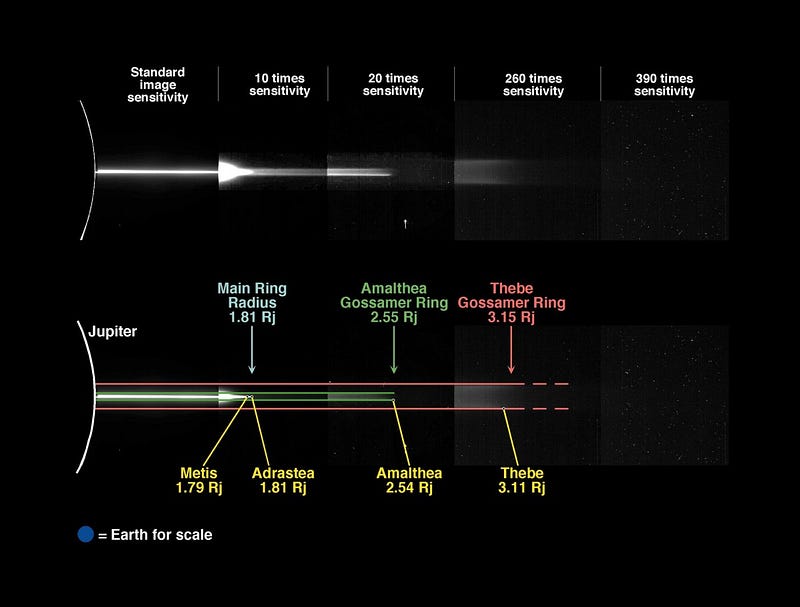
Saturn’s rings were discovered as soon as the first telescope was invented, but the other rings weren’t found until 1977 (Uranus), 1979 (Jupiter) and 1984 (Neptune).
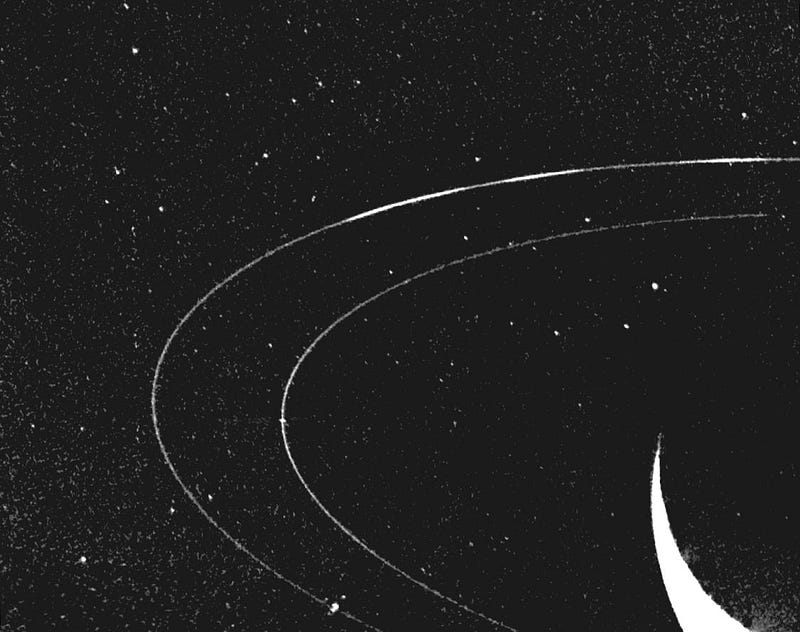
The Uranian ring system was found with ground-based searches, with observations uncovering nine separate rings in just the first year.
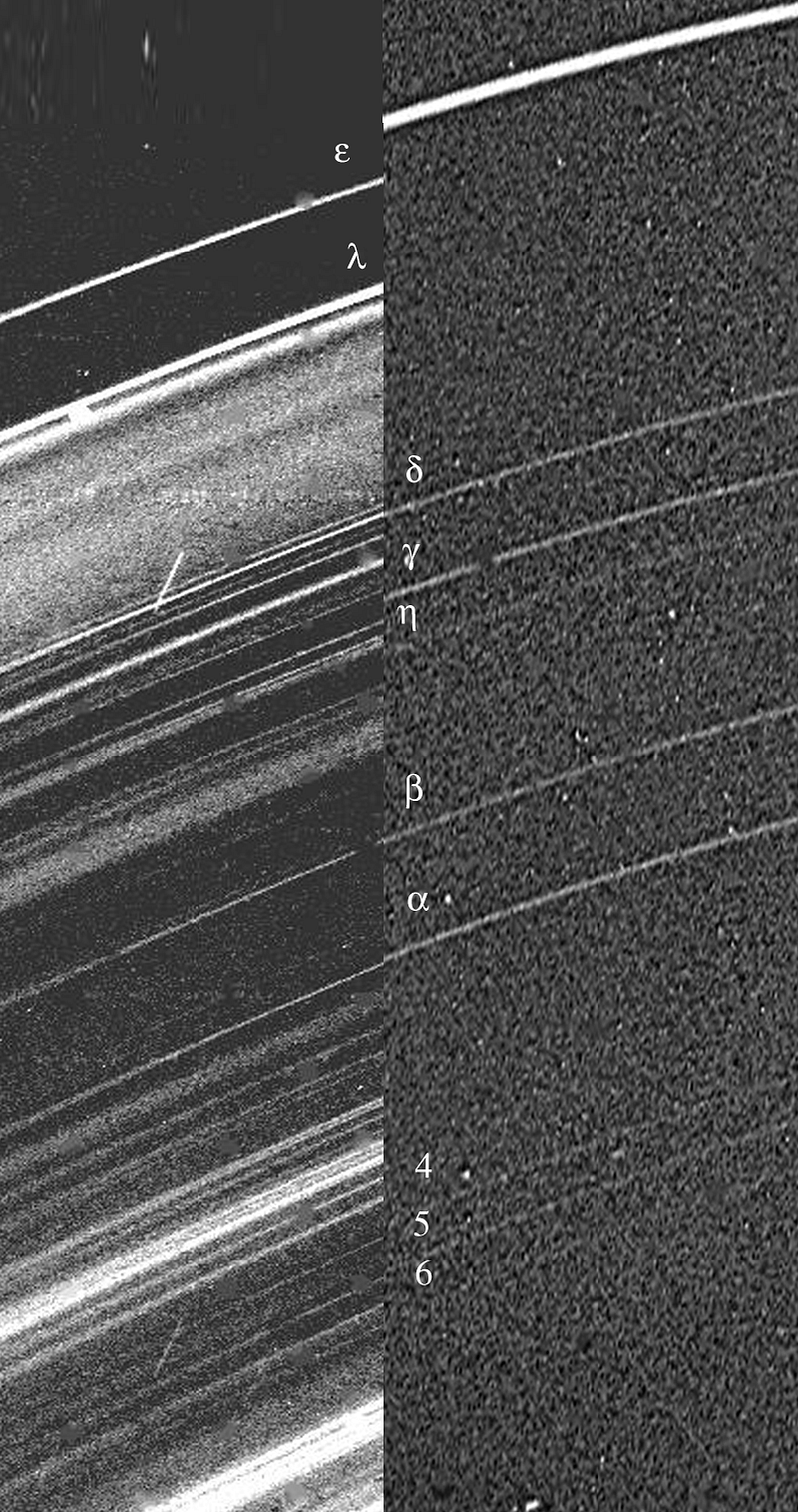
Visits from the Voyager spacecraft uncovered two more, while Hubble imaging brought the total up to 13.

By contrast, Jupiter has only four separate rings, all interior to its innermost giant moon: Io.

Neptune, similarly, has only five rings, all interior to its large inner moon: Proteus.
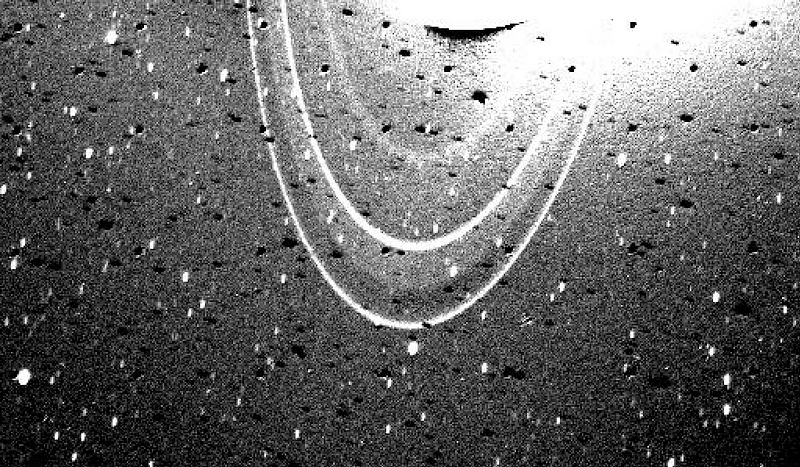
It’s thought that these rings formed by organic compounds from either colliding, destroyed moons or ejecta via the extant moons.
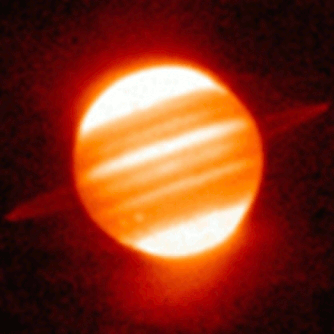
The small, innermost moons of Neptune and Jupiter shepherd their great, dusty rings.

Contrariwise, Uranus’ rings simply are, consisting of mostly rocks up to 20 meters in size.
Mostly Mute Monday tells the story of a single astronomical phenomenon or object primarily in visuals, with no more than 200 words of text.
This post first appeared at Forbes. Leave your comments on our forum, check out our first book: Beyond The Galaxy, and support our Patreon campaign!





